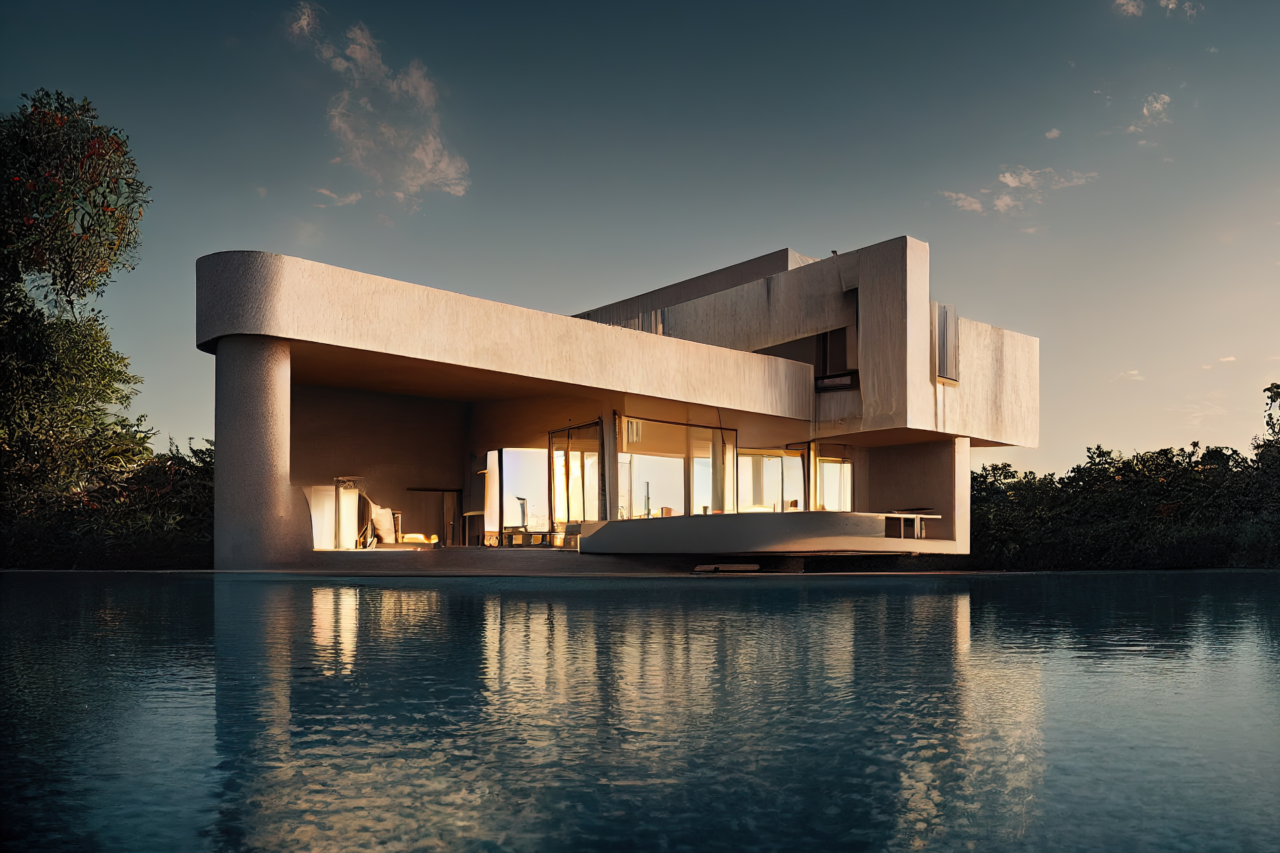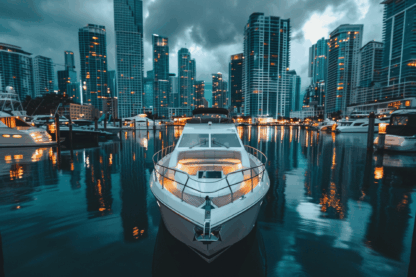As we look ahead to 2025, the luxury real estate market continues to evolve, molded by dynamic factors ranging from shifting buyer preferences to global economic and environmental influences. The 2025 Christie’s International Real Estate Global Luxury Real Estate Forecast offers an in-depth exploration of key luxury markets around the world, highlighting emerging trends, evolving demands, and the most desirable locations for high-net-worth individuals.
In this report summary, the World Luxury Chamber of Commerce highlights key insights from 2024 and offers a glimpse into what’s expected in 2025.
To view the full report, visit https://www.christiesrealestate.com/2025-global-luxury-real-estate-forecast/

Global Luxury Real Estate Forecast: Insights and Predictions for 2025
Below, the report explores the luxury real estate market across some of the world’s leading locations, offering insights into current trends and predictions for the year ahead.
USA
- New York: In 2024, New York’s real estate market saw increased foreign investment despite presidential election-year trends, with foreign buying rising 20-30%. Manhattan remains a buyer’s market with supply outpacing demand, while luxury properties struggle due to higher interest rates. Optimism for 2025 is tied to Wall Street bonuses and Bitcoin investment shifts. “If interest rates go down, sellers will finally sell and release more inventory, which will also stabilize prices for buyers.” – Sonja Cullaro, EVP of Christie’s International Real Estate Group
- Miami: Miami’s luxury real estate market remains strong in 2024, driven by favorable tax policies, high-net-worth migration, and its cultural and financial appeal. Tight inventory led to a 6.6% increase in Miami-Dade home sales over $1 million. In 2025, demand is expected to stay robust, with a focus on wellness and lifestyle amenities.
- Chicago: Chicago’s luxury real estate market is experiencing strong growth, with prices rising faster than many other U.S. cities. Sales of homes priced over $4 million rose 35% in 2024. While downtown condos face challenges, the city’s affordability, arts scene, and growing financial sector attract luxury buyers.
Caribbean
The U.S. Virgin Islands saw a 17% price increase in luxury properties over $1 million in 2024, with strong demand in St. John and St. Croix. High-end villas remain popular, and while price growth may slow, rental properties will continue to be profitable. The market is expected to stay competitive in 2025.
“As we approach 2025, the St. Croix market is expected to experience further appreciation driven by a combination of factors, including global economic shifts, a growing interest in remote work, and the island’s increasing reputation as a desirable destination.” – Keleigh Rees, managing director of Islandia Christie’s International Real Estate.
Europe
- Paris: Paris’ real estate market has stabilized, with prices 13% below 2022 peaks. While middle-market sales are recovering, luxury properties remain in high demand, with prices for €4 million+ homes rising 3%. Limited inventory and competition from international buyers, especially Americans, will continue to drive the market in 2025.
- London: London’s luxury real estate market remains stable despite recent government changes, such as higher stamp duties and tax regime adjustments. International buyers continue to value London’s universities, culture, and financial stability, ensuring strong demand. Experts expect continued interest in 2025, despite regulatory shifts and economic uncertainty.
- Geneva: Geneva’s luxury real estate market remains stable, driven by international demand for spacious, exclusive properties. Popular neighborhoods like Florissant and Champel, along with lakeside properties in the Swiss Alps, are seeing increased interest. With limited supply, high-end properties continue to appreciate, making the market attractive for 2025. “Demand for high-end properties remains high, but supply is limited, contributing to tension in the market and continued appreciation of prestige properties.” Maxime Dubus, managing director of SPG One
- Dublin: In 2024, Dublin’s luxury real estate market saw strong sales, driven by both domestic and international buyers seeking rural homes near major cities. Attracted by Ireland’s stable climate and post-Brexit opportunities, demand is expected to rise further in 2025, particularly from American buyers following the U.S. presidential election.
Middle East & Africa
- Dubai: Dubai’s real estate market surged in 2024, with $63.5 billion in sales and 80,000 transactions, driven by a booming off-plan market. The city attracted international buyers, including over 6,500 millionaires, thanks to favorable tax policies and the Golden Visa program. In 2025, branded residences and sustainable developments are expected to dominate.
- Cape Town: The market saw a 14% rise in luxury property prices in 2024, driven by local and European demand. The city’s appeal is boosted by favorable exchange rates and natural beauty, attracting foreign buyers for second homes.
- Singapore: Singapore’s luxury property market remains resilient despite government-imposed restrictions. The Additional Buyer’s Stamp Duty (ABSD) has cooled foreign buying but increased demand for luxury rentals. Price growth in the Core Central Region continues, while new developments and a focus on sustainability shape future market trends.
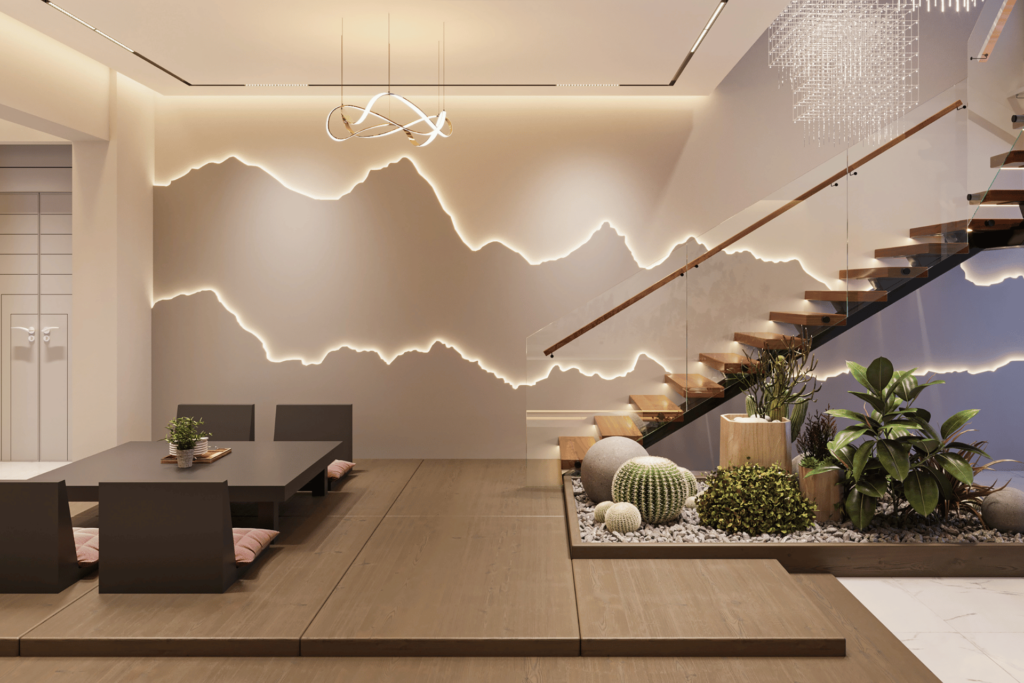
Luxury Real Estate’s Next Hotspots: Four Markets to Watch in 2025
International buyers, tax incentives, and thriving local economies are fueling demand in four emerging luxury real estate markets worldwide. From Australia’s coastline to Spain’s capital, these destinations offer a high quality of life, investment potential, and exciting new developments, making them prime opportunities for buyers in 2025.
1. Perth, Australia
Perth, Western Australia, is emerging as a luxury real estate hotspot, driven by rapid population growth, affordability, and strong infrastructure investment. The city’s western suburbs, like Cottesloe and Peppermint Grove, are highly sought after. With a temperate climate, excellent amenities, and direct global flights, Perth is attracting increasing international interest. Luxury properties range from AU$1.5-30 million, particularly in the “Golden Triangle” suburbs like Cottesloe.
2. Madrid, Spain
Madrid’s luxury real estate market is thriving, driven by a strong economy, foreign investment, and high demand. Prestigious areas like Salamanca remain popular, while new developments in Madrid Río and Chamartín are attracting buyers. Despite the Golden Visa program ending in 2025, the market is expected to continue growing.
“Demand is likely to remain strong, but investors and buyers should be mindful of fluctuations and emerging trends that could impact the market.” – Hans Veenhuijsen, owner and CEO of Christie’s International Real Estate Madrid.
3. Monmouth County, New Jersey, USA
Monmouth County is emerging as another luxury focal point with new oceanfront developments, including The Atlantic Club, offering top-tier amenities and ocean views. Proximity to Manhattan and a thriving local economy attract high-net-worth buyers, with the area seeing a 4% increase in luxury sales in 2024.
4. Albania and Bulgaria
Both Albania and Bulgaria are gaining attention for their luxury real estate markets. Albania’s pristine beaches and low taxes attract international buyers, with major developments like the luxury Farka Lakefront and Folie Village. In Bulgaria, Sofia’s market saw a 50% rise in sales for high-end homes, with a stable economic climate, low mortgage rates, and rising property values expected to continue into 2025.
“Our expectations are that the luxury real estate market in Sofia and Bulgaria as a whole will remain stable and show growth.” – Vesela Ilieva, managing partner of Unique Estates, the exclusive Christie’s International Real Estate affiliate in Bulgaria.
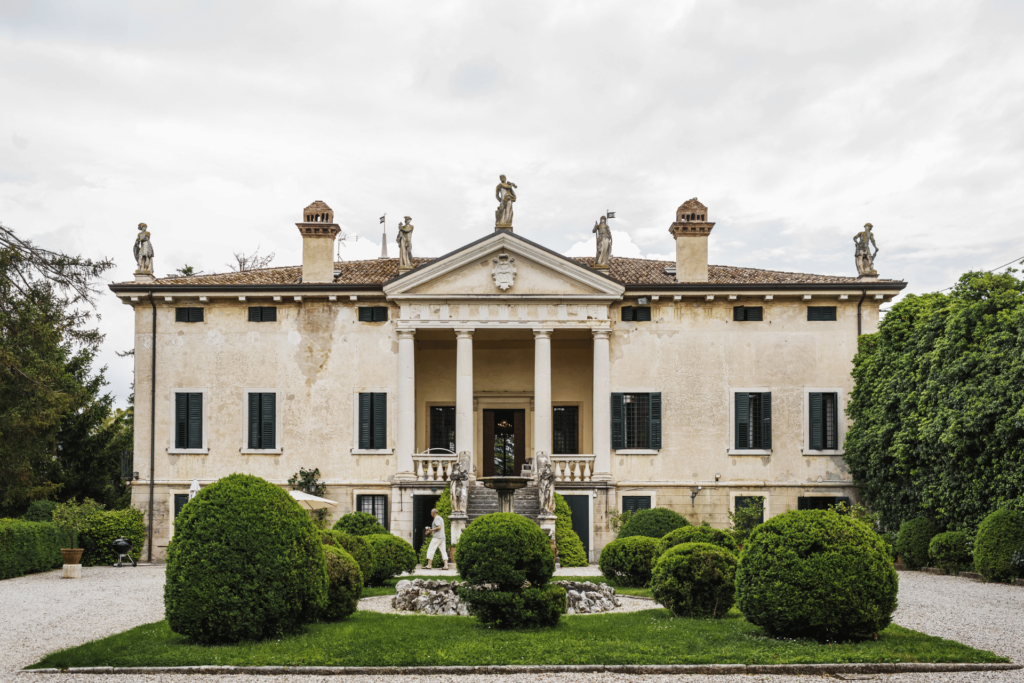
Timeless Appeal: Luxury Homebuyers Seek Character, History, and Authentic Design
Luxury homebuyers are increasingly turning away from modern, minimalist designs in favor of homes with unique character, historical significance, and connections to their surroundings. This shift is driven by a desire for authenticity and the emotional ties people form with places that feel genuine and alive.
High-net-worth buyers are drawn to architectural styles that reflect local heritage and the natural environment, such as Victorian and Regency styles in the U.K. and rustic timber homes in mountain regions like Aspen, Colorado. These homes often use traditional materials and designs that blend with their landscapes but incorporate modern amenities.
In some U.S. regions, such as South Carolina’s Lowcountry, buyers are moving away from the popular modern farmhouse style in favor of antebellum architecture, which evokes a sense of Southern history.
Meanwhile, in the U.K., there’s growing interest in heritage properties with intricate design elements, fueled by popular TV shows like Bridgerton and Downton Abbey.
A resurgence of interest in Frank Lloyd Wright’s homes further exemplifies this trend, as more buyers seek out his distinctive Prairie-style homes for their craftsmanship and historical significance.
Overall, today’s luxury buyers value homes that offer a unique, authentic experience, rooted in the cultural, historical, and natural context of their location. This shift represents a growing appreciation for thoughtful, experiential living spaces over uniform, modern luxury designs.
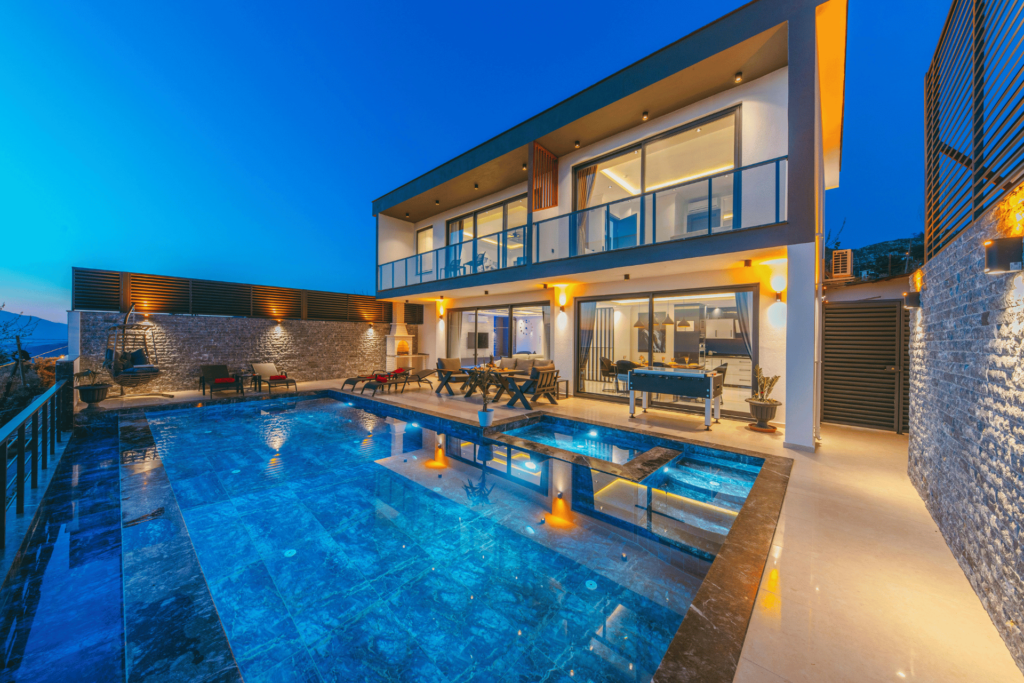
The New Standard: Luxury Homes Prioritize Security and Smart Protection
Luxury homebuyers are increasingly prioritizing security, with more high-tech systems and physical fortifications being integrated into their homes. According to a survey, over 67% of U.S. real estate agents report that security concerns are growing among affluent buyers.
High-tech measures such as AI-enabled surveillance cameras, biometric systems, radar, and acoustic sensors are becoming standard. Luxury homes also feature ballistic doors, safe rooms, and even underground bunkers in some cases. For example, homes in places like Palm Beach now use radar to monitor approaching boats, and biometric tech like facial and fingerprint recognition is gaining popularity.
This trend is not specific to the US either, with Maxime Dubus, managing director of SPG One SA in Geneva, the exclusive Christie’s International Real Estate affiliate for French-speaking Switzerland, noting: “Switzerland is at the forefront of integrating such systems, appealing to homebuyers looking for a unique blend of discretion and modernity. While biometrics are more common in the super-luxury segment, their popularity is starting to reach mainstream luxury properties, too.”
This shift reflects a heightened demand for privacy and safety, driven by concerns about crime and digital vulnerabilities. Home security has evolved into a combination of advanced technology, reinforced structures, and community-based protection, ensuring that luxury homes remain safe havens for their owners.

Climate Impact: How Changing Conditions are Shaping Luxury Real Estate Markets
Climate change is increasingly influencing the luxury real estate market globally, with over two-thirds of Christie’s International Real Estate agents reporting its impact. In response, buyers and developers are prioritizing sustainability and climate resilience in their properties.
- San Francisco Bay Area, California: The region is adapting to rising sea levels, extreme heat, and wildfires with sustainable and resilient designs. Fire-resistant materials, energy management systems, and stricter building codes are becoming standard for future-proof homes.
- Geneva, Switzerland: Luxury buyers are seeking eco-friendly homes with low-energy designs and sustainability certifications. Green technologies, such as solar systems and geothermal energy, are becoming common in new developments to handle extreme weather events.
- Dubai, UAE: Dubai has embraced sustainability through initiatives like the Dubai Clean Energy Strategy 2050. Luxury buyers now expect environmentally conscious features, such as nature-inspired amenities and recycled building materials. Developments like Eywa Dubai showcase biophilic design and sustainability certifications.
- Naples, Florida: Despite extreme weather events like Hurricane Ian, affluent buyers continue to seek property in the region. Many invest in storm-resistant homes, and the market tends to rebound with rising property values after hurricanes, as wealthy buyers push prices up.
In all these markets, climate change is reshaping both buyer priorities and building practices, making sustainability a key focus for luxury real estate.
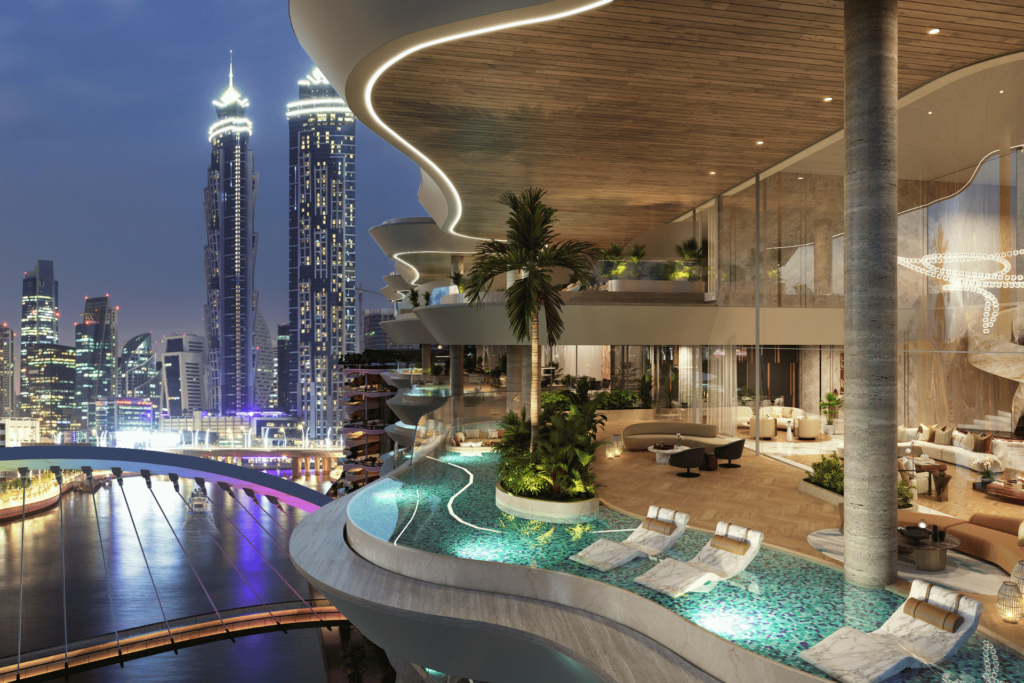
Top Luxury Home Trends to Monitor in 2025: Saunas, Showrooms, and More
The luxury real estate market is evolving with new trends as high-net-worth homeowners seek unique amenities to elevate their living spaces. Here are some of the hottest features:
- Car Galleries: Modern garages are transforming into car showrooms, with developments like Bugatti Residences and Porsche Tower Miami featuring elevators to bring cars into living spaces. The rising demand for luxury and vintage cars is also influencing this trend.
- Biophilic Design: Luxury homes are integrating nature into living spaces through features like living walls, skylights, indoor gardens, and water elements. Biophilic design promotes well-being and is becoming a significant request from buyers, especially in places like Dubai and southwest Florida.
- Art Integration: Art continues to be central in luxury homes, with buyers increasingly requesting dedicated spaces to showcase their collections. Luxury developers are collaborating with artists to curate bespoke art collections for homes.
- Infrared Saunas: Wellness amenities, particularly infrared saunas, are becoming a sought-after feature in luxury homes. These saunas offer health benefits like detoxification and improved circulation and are expected to grow in popularity. “With each wellness treatment that becomes popular, there are homeowners looking for ways bring it into their living spaces.” – Megan Mawicke Bradley, an agent with Chicago-based @properties Christie’s International Real Estate.
- Recreation Barns: Spacious “toy barns” are replacing standard garages to house outdoor gear like ATVs, e-bikes, and skis. These barns often include climate-controlled storage, workshops, and even lounges for post-adventure relaxation, catering to active luxury homeowners.
With rising demand for personalized, secure, and sustainable living environments, the luxury real estate market is set for continued transformation in 2025. As these trends unfold, it’s clear that the intersection of innovation, history, and well-being will define the future of luxury homes worldwide.
To read the full report by Christie’s International Real Estate, visit https://www.christiesrealestate.com/2025-global-luxury-real-estate-forecast/
Stay up to date with the latest market trends: https://worldluxurychamber.com/category/industry-reports/
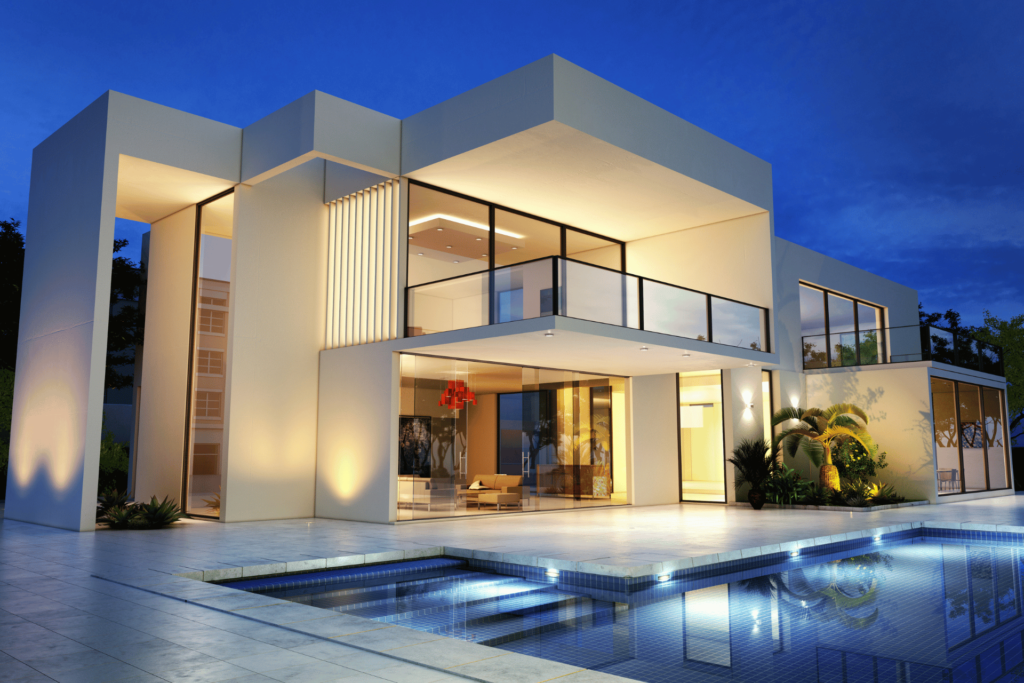
Sources and quotes: https://www.christiesrealestate.com/explore/the-state-of-luxury-christies-international-real-estates-2025-regional-market-outlook-W5I2LEPVG5G4RG7PYV2ZAALHE4/
https://www.christiesrealestate.com/explore/a-safe-investment-MFR57MYXGRCXBNRMUU4ZILLKEA


